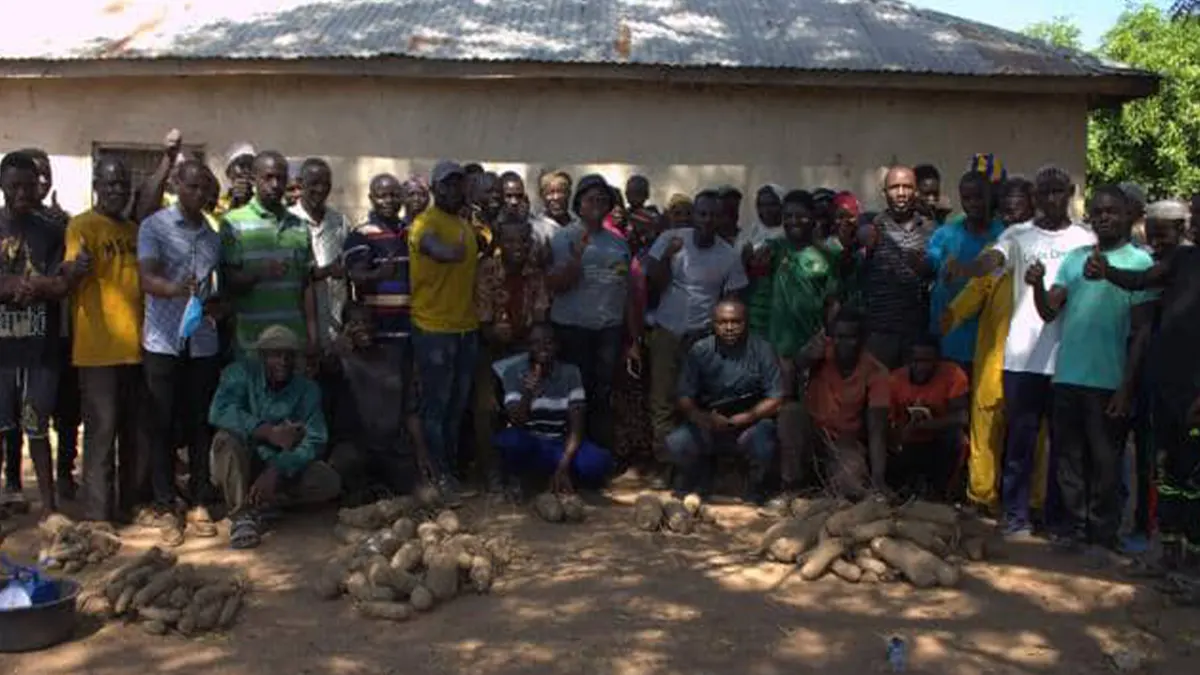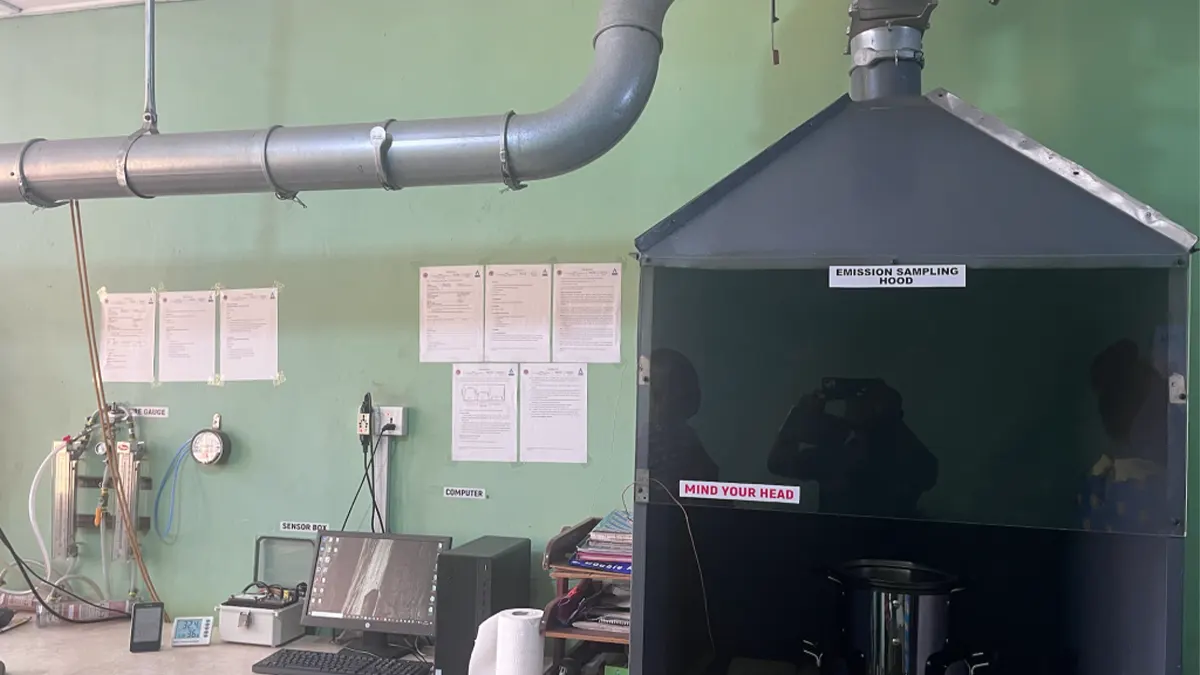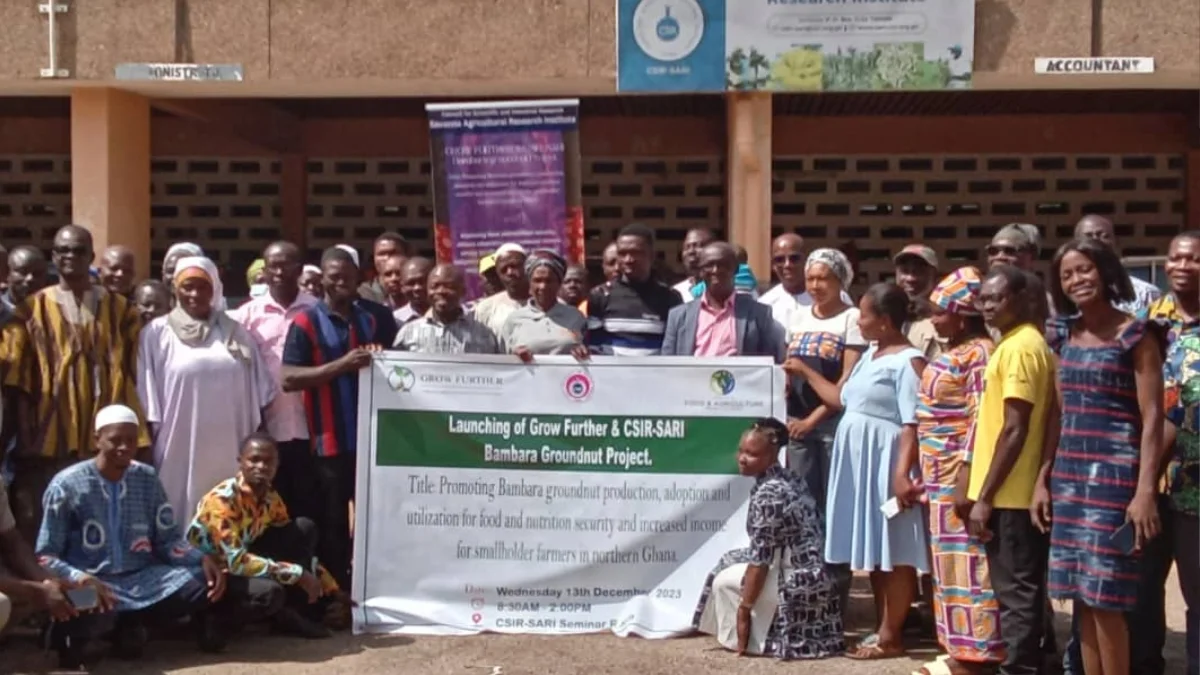The Kpamyo, an improved yam variety developed by the Council for Scientific and Industrial Research – Savanna Agricultural Research Institute (CSIR-SARI), has demonstrated significantly higher yields compared to local varieties during recent demonstration trials.
Seeds of the improved Kpamyo variety, weighing between 40 to 70 grams, produced tubers weighing 3.5 kilograms.
This is in stark contrast to local varieties, which typically yielded tubers weighing between 300 to 700 grams at the time of planting.
The comparison was made during harvest days in communities where the improved variety was planted for demonstration trials.
These trials were initiated by CSIR-SARI and the International Institute of Tropical Agriculture (IITA) under the Programme for Seed Systems Innovations for Vegetatively Propagated Crops in Africa (PROSSIVA) project, funded by the Bill and Melinda Gates Foundation.
Farmers who participated in the trials, including Mr. Nchisani Gade, attested to the impressive performance of the Kpamyo variety.
Despite initial scepticism about the small seed sizes, Gade noted that Kpamyo outperformed local varieties, showcasing its potential for higher yields.
Dr. Kwabena Darkwa, a Research Scientist at CSIR-SARI, explained that the improved variety's seeds were produced from tissue culture plantlets certified as virus-free, and propagated using the leaf bud cuttings technique.
This technique resulted in small seeds that were potent in producing vigorous plants with high yields.
The high-ratio propagation technique allowed for up to 500 clean seed yams per year from a single plant, making it more efficient with higher germination rates and enhanced yield.
Dr. Daniel Aihebhoria, a Seed Scientist and Agronomist at IITA emphasized that the improved yam variety exhibited higher yields due to its agronomic efficiency compared to local varieties.
The clean seeds of the improved variety could multiply themselves up to 60 times, whereas seeds of the local variety could replicate themselves only up to 6 times.









